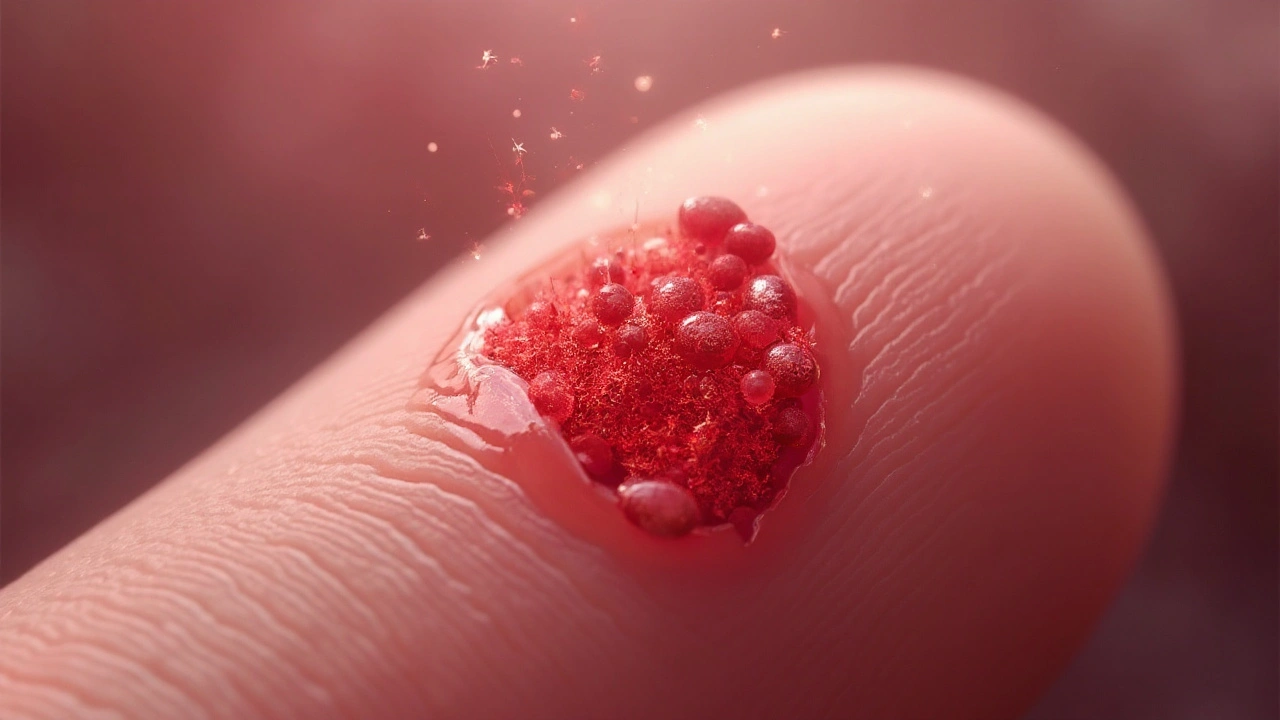Ever wonder why some cuts close fast while others linger? Your body has a built‑in repair crew, but it needs the right fuel and environment to work efficiently. Below are the everyday moves that actually help tissue bounce back quicker.
Protein is the foundation. Aim for 1.2‑1.6 grams per kilogram of body weight if you’re recovering from a wound or intense workout. Good sources include chicken, fish, eggs, and plant‑based options like lentils. Pair protein with vitamin C (citrus, berries, bell peppers) to boost collagen formation, the protein that stitches skin, tendons, and bone together.
Zinc is another often‑overlooked mineral. A handful of pumpkin seeds or a serving of lean beef can keep your cells multiplying at a healthy rate. Omega‑3 fatty acids, found in salmon or flaxseed oil, calm inflammation, which lets the repair process focus on rebuilding instead of fighting swelling.
If you’re looking for a supplement shortcut, a daily multivitamin that includes vitamin D, magnesium, and B‑complex can fill small gaps. Some people swear by collagen peptides mixed into coffee or smoothies; the science shows they can improve tendon strength when taken consistently.
Sleep isn’t a luxury—it’s the time your body runs its repair shop. Aim for 7‑9 hours of uninterrupted rest. Even a short nap can trigger growth hormone release, a key player in tissue regeneration.
Stay hydrated. Water carries nutrients to damaged cells, and dehydration slows down the whole cascade. A good rule is to sip at least 2 liters a day, more if you’re sweating from exercise or heat.
Gentle movement can be a game‑changer. Light stretching or low‑impact cardio increases blood flow, delivering oxygen and nutrients straight to the injury site. Avoid heavy lifting or high‑impact sports until pain eases, but don’t stay completely still.
Keep stress low. Chronic cortisol spikes can suppress immune function and delay healing. Simple breathing exercises, short walks, or listening to calming music can lower stress hormones quickly.
When it comes to over‑the‑counter options, NSAIDs like ibuprofen can reduce pain but may also blunt the inflammation needed for early repair. If you need pain relief, talk to a pharmacist about timing—sometimes taking the medication a few hours after activity works better.
Finally, protect the area. Use clean dressings, keep wounds moist with a thin layer of petroleum jelly, and change bandages regularly. A moist environment prevents scab formation that can slow down new skin growth.
Putting these pieces together—protein, vitamin C, zinc, omega‑3s, solid sleep, hydration, movement, and stress control—creates an optimal repair zone. You don’t need fancy gadgets; just a few mindful habits and the right foods, and you’ll see cuts close faster, muscles rebuild stronger, and overall recovery feel less like a chore.

Discover how blood clotting kick‑starts wound healing, the key players in the process, and what you can do to support optimal tissue repair.